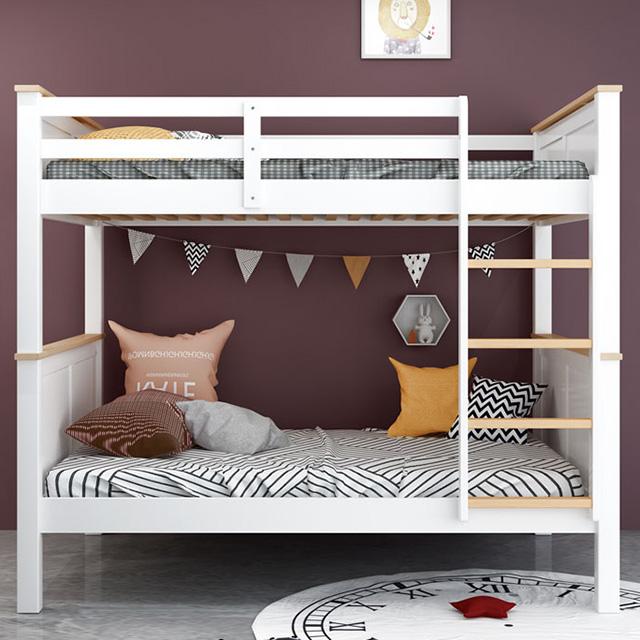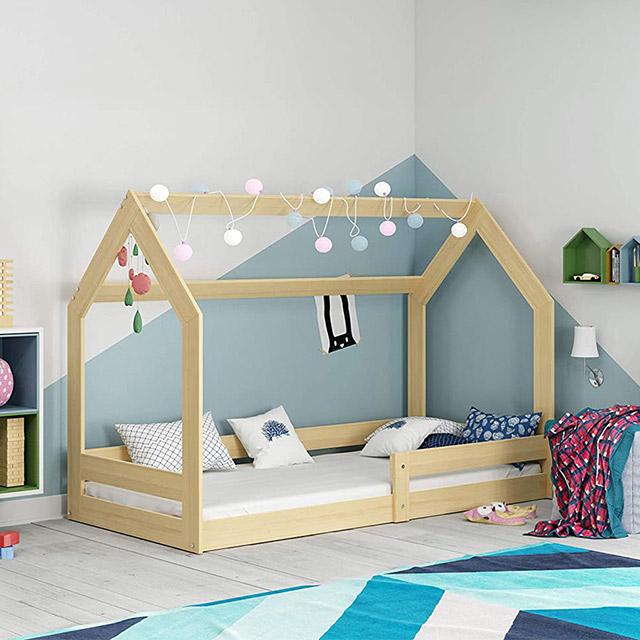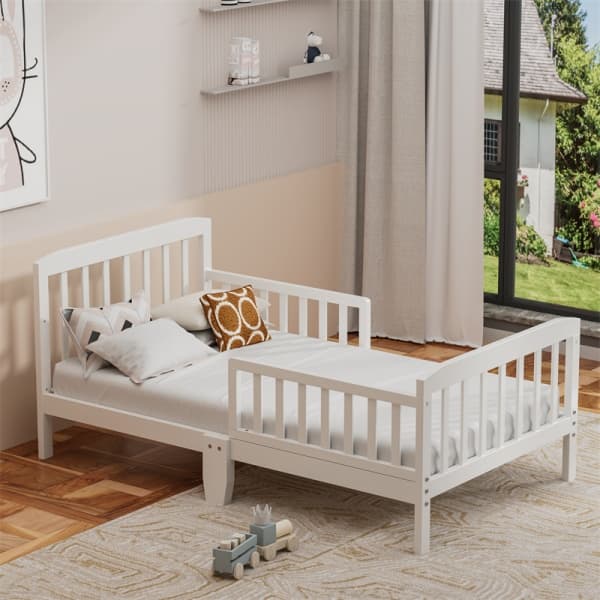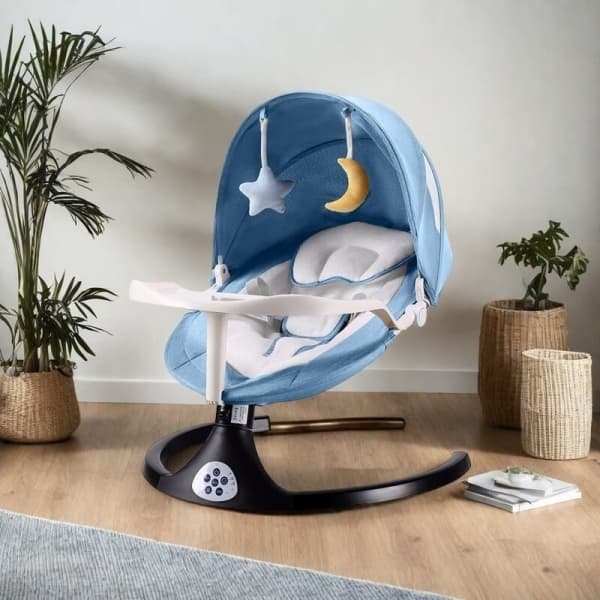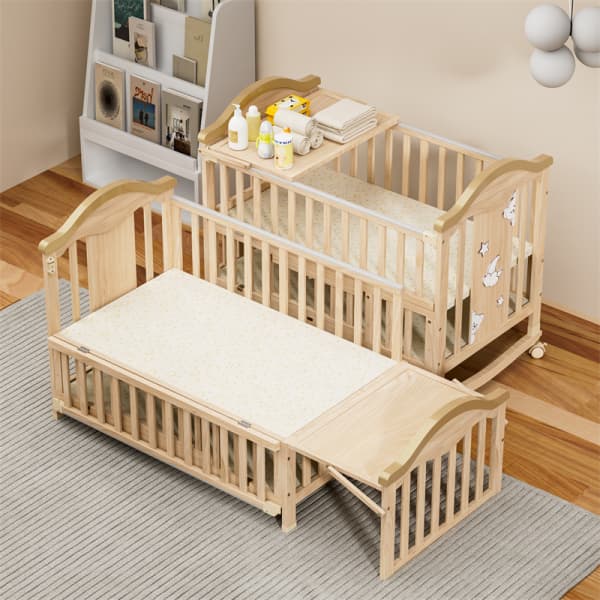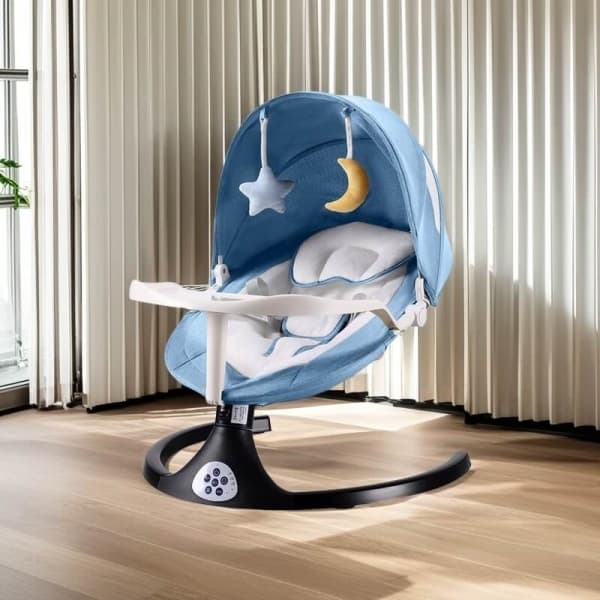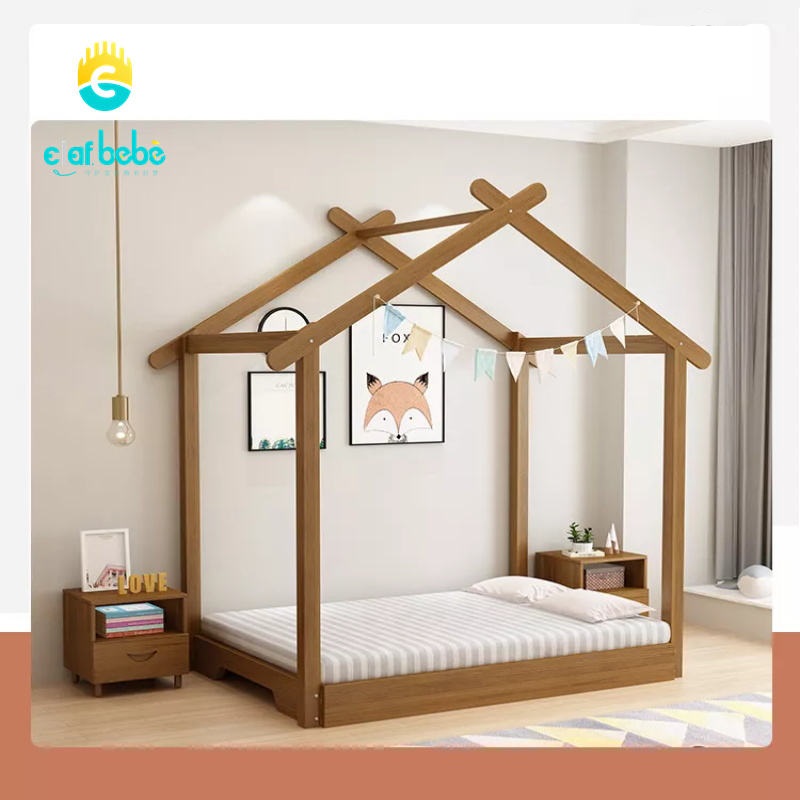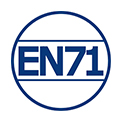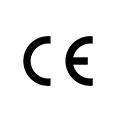An ill-fitting bunk bed mattress can either be too big or too small. When it is too big it can lead to falls or difficulty getting on or off the bed. Whereas if the mattress is small, it may only be possible to use one side of the bed as the rest will remain uncushioned.
So, how do you find the right mattress size for bunk beds? Here are all the precise and detailed answers you have been looking for.
What are the Common Bunk Bed Mattress Sizes?
Bunk beds are designed in different sizes. It thus follows that bunk bed mattresses too are manufactured in different sizes.
Why is this important?
When you know how bunk bed manufacturers categorize or describe the different sizes, it becomes easy to identify which mattress size you need for your bunk beds.
1. Twin-size Mattress
- Dimensions: 38″(W) ×75″(L)
The twin-size bunk bed is the most common size. It is ideal for children between toddler years and early teenage. Its compact dimensions make it ideal for households in need of space-efficient sleeping solutions.
2. Twin XL Mattress
- Dimensions: 38″(W) × 80″(L)
A twin XL mattress is simply a longer version of a twin mattress. This is because it is designed for a twin XL bed which typically measures 5 inches longer than a standard twin bed.
A twin XL bed is suitable for growing teens or adults who need extra legroom. It is, nonetheless, only wide enough for one person. This type of bed is common in dormitories in colleges and other institutions.
3. Full-size Mattress
- Dimensions: 54″ (W) × 75″ (L)
A full-size mattress is designed to fit a full-sized bed. A full-sized bed is also commonly called a ‘double’ or a ‘full bed’ in furniture lingo.
A full bed is significantly wider than any of the twin bed types. It can comfortably accommodate two adults of average height and weight.
In a bunk bed design, a full bed is often the lower bunk. It is usually paired with a smaller top bunk such as the twin XL.
4. Full XL Mattress
- Dimensions: 54″ (W) × 80″ (L)
A full XL mattress is designed for the largest bunk bed size which is a full XL bunk bed.
A full XL bunk bed can comfortably accommodate most adults, even those who are relatively taller, because of its extra length. It is wide enough for two occupants.
What Kind of Mattresses Can You Use on a Bunk Bed?
Mattresses vary based on what they are made of or the composition of their inner structure. Furthermore, such features impact issues such as the comfort, weight, durability, and size of the mattresses, among others.
Let us explore a few types of mattresses and identify which of them you can use on bunk beds, shall we?
Memory Foam
A memory foam mattress softly holds your weight and ‘bounces’ back to its original state once you get off the mattress. This is because it is made using viscous and elastic materials. They are not rigid and the elasticity helps create the bouncy effect.
This type of mattress can be ideal for bunk beds because:
- Its mid-density options are both light and comfortable thereby making the perfect combination for a top bunk bed.
- Mid to high-density memory foam mattresses are fairly durable.
- Memory foam is hypoallergenic which can make bunk beds safer for both users.
Bunkie Mattresses
Bunkie mattresses are specifically designed for bunk beds. They are lightweight and have just the right dimensions for bunk beds.
On the flip side, bunkie mattresses are not known for their plush comfort. They are a safe bet when you need a quick, functional, and cost-effective mattress for your bunk beds.
Innerspring Mattresses
Innerspring mattresses are made up of steel coils that support the mattress structure. The springs fold slightly under the pressure of body weight but still offer comfortable support.
Spring mattresses are fairly heavy due to the weight of the springs. They are mostly suitable for lower bunk beds with high weight limits.
Foam Mattresses
Foams used to make mattresses are generally lightweight. This makes foam mattresses fairly comfortable without being heavy. They can thus work for both top and lower bunk beds.
Hybrid Mattresses
A hybrid mattress is made up of both an innerspring system and layers of foam. It offers the best of both worlds in terms of comfort and weight support. Its components can, however, make it heavy. Still, it is worth considering as a lower bunk bed mattress choice.
How Thick Should a Mattress For a Bunk Bed Be?
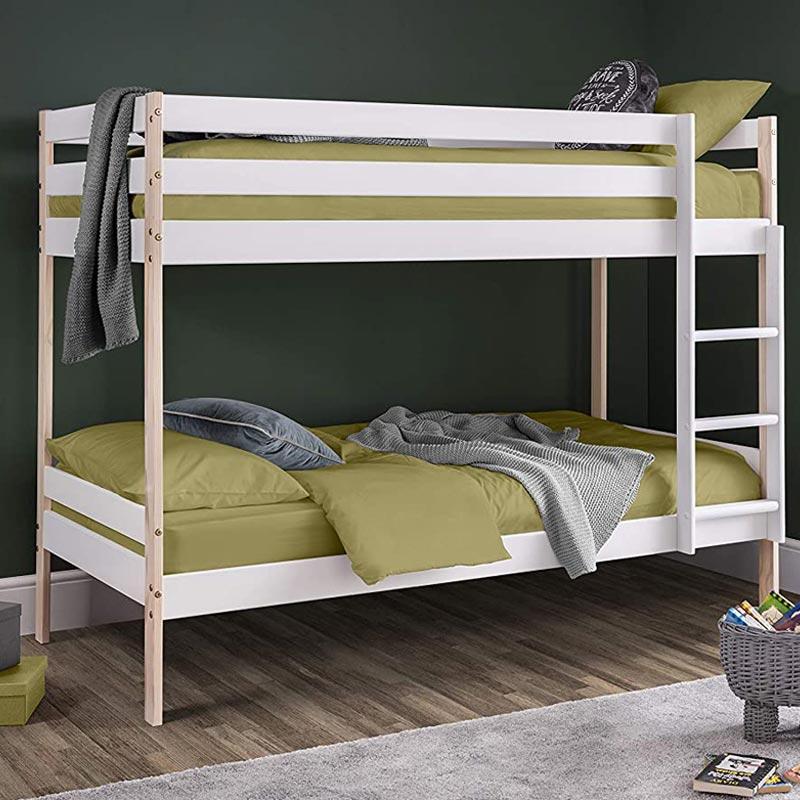
The ideal mattress thickness for a bunk bed varies between the top and lower bunk.
Top Bunk
The guardrails in a top bunk bed are installed to prevent occupants from falling off the bed.
Therefore, aim for a mattress about 6 to 8 inches thick for a top bunk bed. This range of thickness is just enough to make the mattress comfortable without being too high for the guardrails to be ineffective.
Lower Bunk
A lower bunk bed has more leeway because guardrails are not as crucial as they are in a top bunk. Subsequently, you can consider a mattress thickness between 6 to 10 inches for a lower bunk bed.
Factors to Consider When Choosing Your Bunk Mattress
Finding the right size and thickness are often the most common concerns for most people shopping for bunk bed mattresses. However, there are other equally important factors to consider before making your decision.
Weight Limits
Bunk beds have weight limits for upper and lower bunk beds. You thus need to choose a mattress whose weight plus that of the person sleeping in the bed will not exceed the weight limit.
For example, if the weight limit of a toddler bunk bed is 150 pounds, the weight of the toddler plus that of the mattress you choose should not exceed 150 pounds.
Additionally, the weight limit of an upper bunk is usually less than that of a lower bunk. It is, therefore, advisable to choose a fairly light mattress for upper bunk beds to ensure you stay within the indicated weight limit.
Comfort
A good mattress should be dense enough to cushion your body as you sleep. It should also be adequately firm to comfortably bear the pressure of your weight without becoming overly compressed or lopsided.
Size
A bunk bed mattress should lay evenly flat when you place it on the mattress foundation. There ought to be no gaping spaces between the bed frame and the mattress edges. Such a good fit improves the comfort and safety of the bunk bed.
Durability
A durable bunk bed mattress offers better value for money because it is a one-off investment that serves you for a few years. Therefore, look out for mattresses made of quality materials like memory foam or innerspring systems. They deliver great comfort and maintain their form longer than lower-quality alternatives.
Breathability
Breathability is the ability of air to flow through the material of a mattress. It is generally good for bunk bed mattresses because they allow air to flow freely through the bunk bed spaces. This is safer and more comfortable for the people sleeping in the bunks than low breathability which can make bunk beds hot and stifling.
Different Types of Bunk Beds and the Mattresses They Require
Twin Over Twin Bunk Bed
A twin-over-twin bunk bed has a twin-size bed in both the top and lower bunk. Both bunks require a twin mattress size which typically measures 38″(W) ×75″(L). This fits just right with the dimensions of a standard twin bed which measures 41″ (W) × 75″ (L).
Twin Over Full Bunk Beds
In a twin over full bunk bed, the top bunk is a twin bed. The bottom bunk is bigger as it is a full bed which is also known as a double bed.
The upper bunk requires a twin-size mattress which measures 38″(W) ×75″(L). The lower section, on the other hand, requires a full-size mattress which usually measures 54″ (W) × 75″ (L).
Full Over Full Bunk Beds
Both the upper bunk and the lower bunk are full beds. They are wide enough to accommodate at least two adults. Each bunk requires a full-size mattress measuring 54″ (W) × 75″ (L).
Twin Over Queen Bunk Beds
The upper bunk in this type of bunk bed is a twin bed while the bottom is a much larger bed known as a queen size bed. A queen bed typically measures 63″ (W) × 84″ (L).
A 38″(W) ×75″(L) twin-size mattress is ideal for the top bunk while a queen mattress measuring 60″ (W) × 80″ (L) is suitable for the lower bunk.
Queen Over Queen Bunk Beds
Queen-over-queen bunk beds are fairly rare but they are just as functional and space-saving as other bunk beds. Both their top and lower bunks are queen-size beds that are compatible with 60″ (W) × 80″ (L) queen mattresses.
Conclusion
Identifying the right mattress size for adult bunk beds or bunk beds for kids is much easier when you know the right dimensions and factors to consider as you shop. If you’re getting a custom bunk bed, you may also need to look for a specific size mattress to go with it.
We hope this blog has enlightened you and provided all the answers you need. If you want to learn more about bunk beds and mattresses, talk to our team of experts today!


